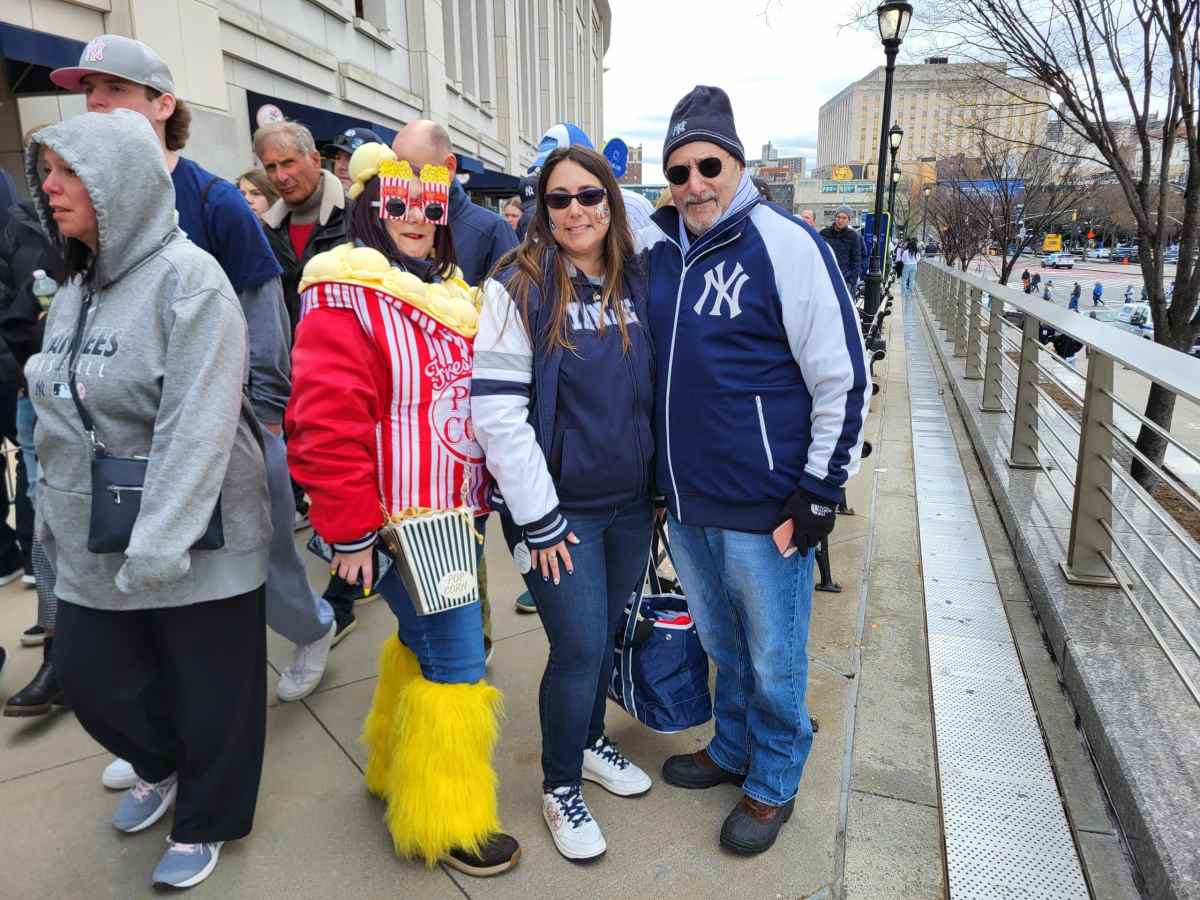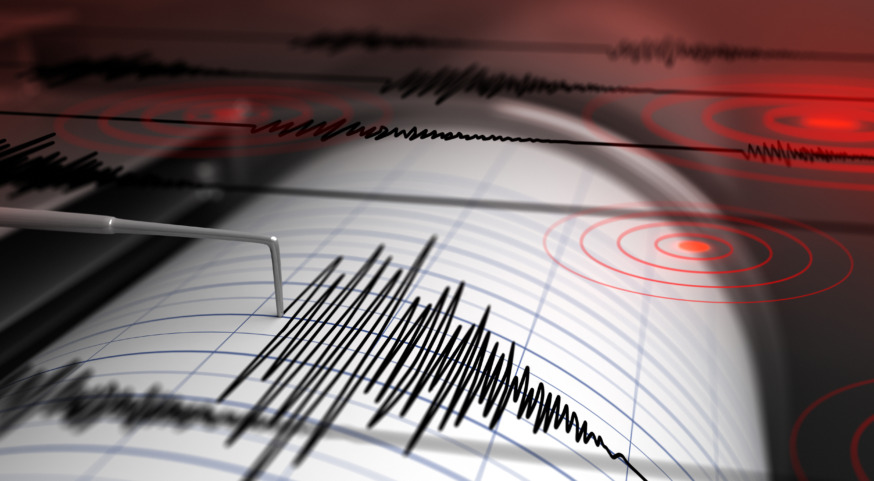New York City can’t seem to “Shake it Off” just yet following Friday’s New Jersey earthquake and related aftershocks that have kept everyone on edge.
No fewer than 27 aftershocks have occurred nearly a day after the 4.8 tremor struck near Whitehouse Station, NJ — about 60 miles west of the five boroughs — at 10:23 a.m. on April 5, according to the U.S. Geological Survey. The earthquake rattled the five boroughs, with many New Yorkers experiencing shaking inside their homes and offices for 10 seconds or even longer.
Just as things had seemingly settled down that afternoon, the city was rocked by an aftershock at about 6 p.m. — this one caused by a 3.9 tremor reported in Gladstone, NJ, in close proximity to Whitehouse Station. It prompted another round of alarm from already-frazzled New Yorkers and an advisory from the city’s Emergency Management department to remain indoors.
There were no reports of infrastructure damage or injuries in New York City related to the two tremors.
The city’s Emergency Management department noted that aftershocks may still be likely in the wake of Friday’s quake. Aftershocks can occur up to a week after the initial earthquake takes place; following Friday morning’s tremor, the USGS estimated that there was a 45% chance the area would experience an aftershock of a 4.0 magnitude or higher over the next week — a prediction that came true only hours later with the Gladstone quake.
Both of Friday’s earthquakes, and the related aftershocks, took place along the Ramapo Fault, the most active fault line in the eastern United States. While it is not as notoriously active as the San Andreas Fault in California, the Ramapo Fault has been known to generate seismic activity, although serious earthquakes have been few and far between.
The strongest aftershock since Friday evening’s quake was a 2.5 tremor in Gladstone that occurred at 6:46 a.m. Saturday morning. The USGS received reports from people who felt it around New York City and Long Island.
Five of the aftershocks from the Friday morning quake occurred near Bedminster, NJ — where Donald Trump, the former president, maintains a residence and golf course.
The Whitehouse Station earthquake Friday morning, according to the Bergen Record, was the strongest shakeup New Jersey had experienced since 1783. For New York City, it was the most powerful seismic experience since 2011, when a Virginia earthquake shook up the Eastern Seaboard.
And New York City already had one earthquake this year which had nothing to do with faultlines elsewhere. A 1.7 earthquake hit in January, rattling homes in Astoria, Queens and causing a generator explosion on Roosevelt Island.
New York City sits atop several minor fault lines, one of which generated the January earthquake. As NY1 pointed out in a 2018 report, four of the city’s fault lines traverse parts of Manhattan and the Bronx: the 125th Street Fault in Harlem, the Dyckman Street Fault in Inwood, the Mosholu Parkway Fault in the Bronx; and the East River Fault.
While more powerful aftershocks from Friday’s quake are highly unlikely, should the city be hit with another, but more serious earthquake, the Centers for Disease Control and Prevention advises all to follow the DROP-COVER-HOLD ON method:
- DROP to your hands and knees;
- COVER your head and neck under a sturdy table or desk (if there is no shelter nearby, move toward an interior wall or next to low-lying furniture that won’t fall on you);
- HOLD ON to your shelter (or your head and neck) until the shaking stops, and be prepared to move with your shelter if things shift.
Those who felt Friday morning’s earthquake encouraged to submit a report to https://earthquake.usgs.gov/
Read more: Experience ‘Law & Order SVU’ Olivia Benson Plaza Coffee
































